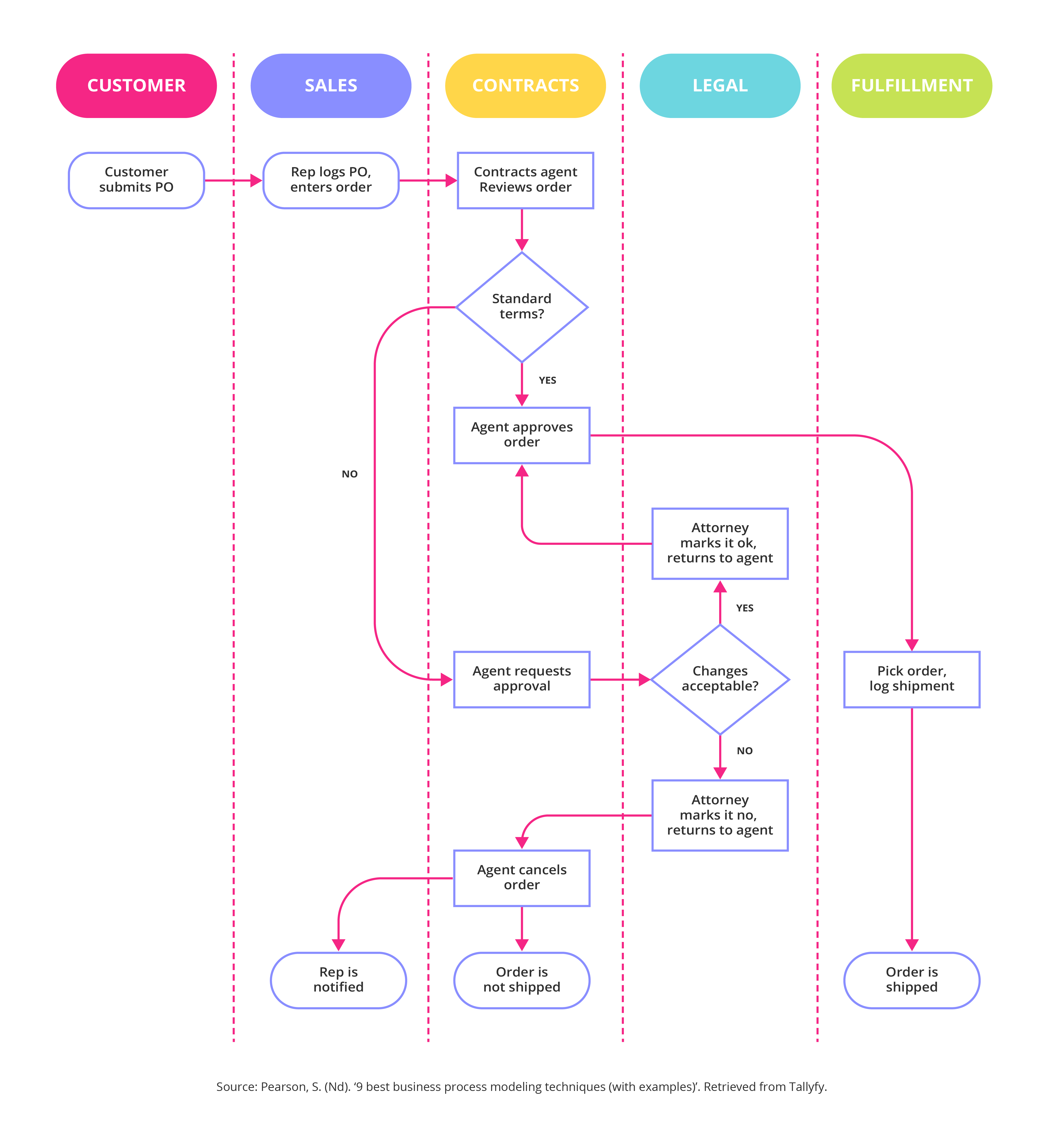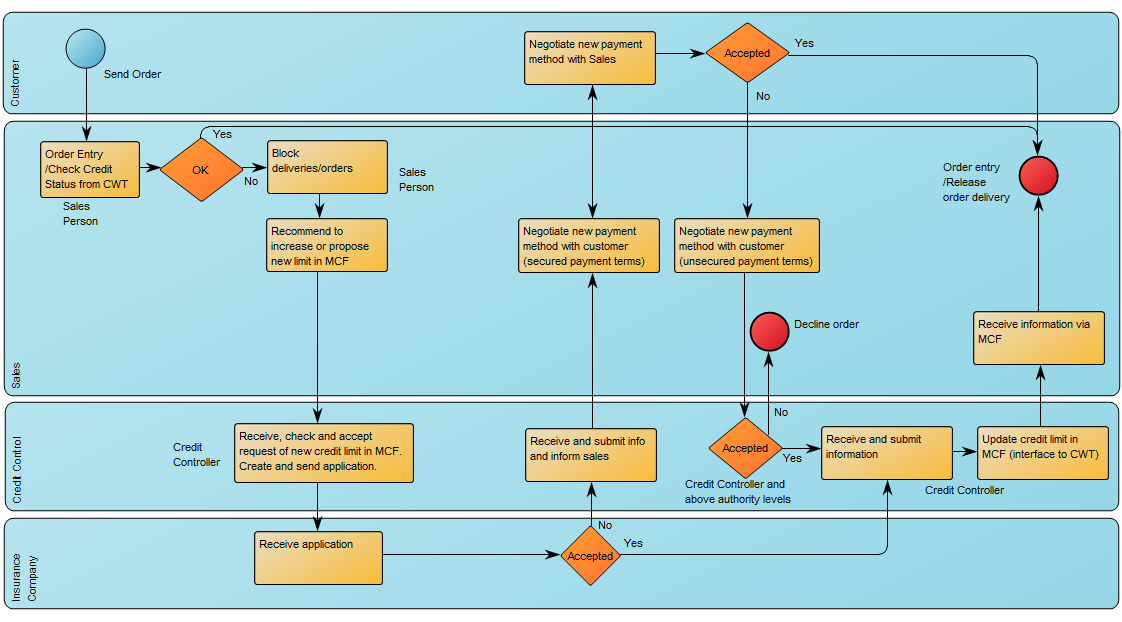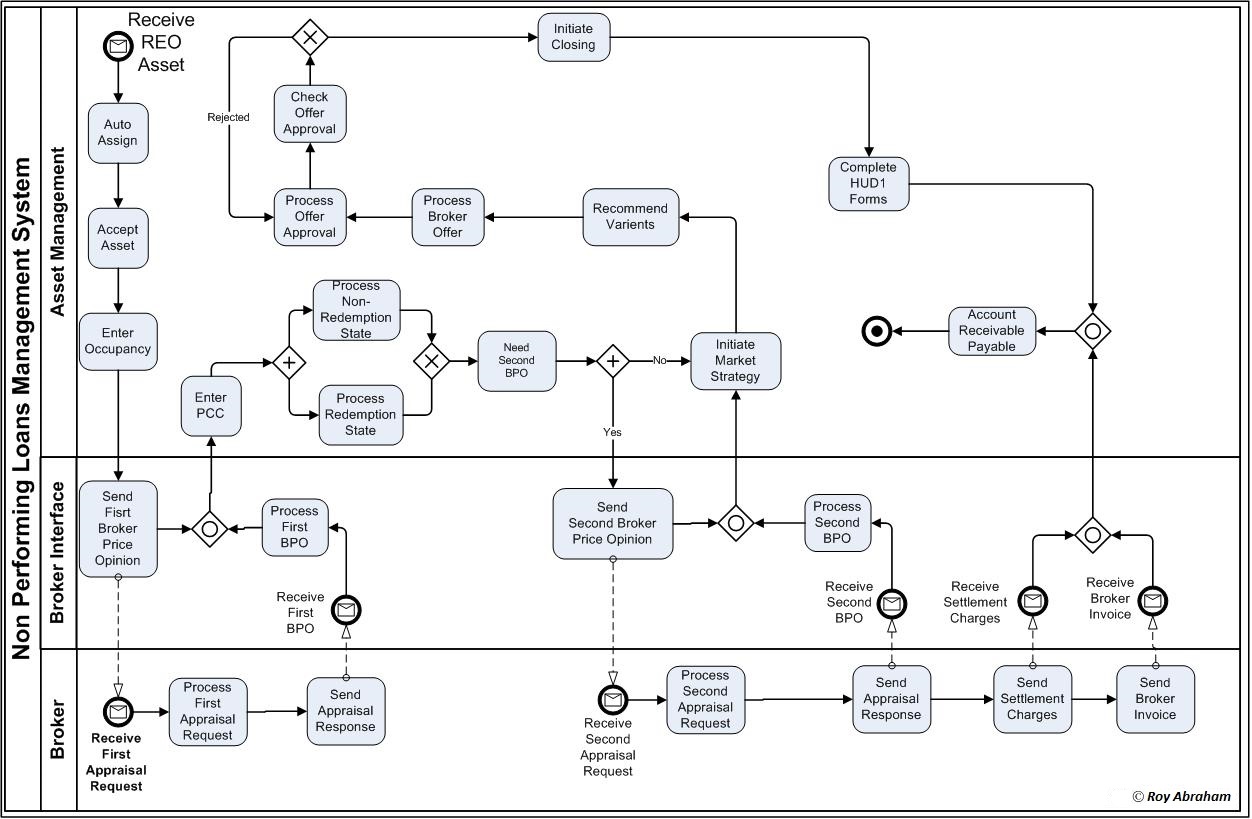

There are many standardized symbols that exist to make collaboration with analysts outside of your business more efficient, but you have the option to create any symbols you would like to represent your business process. Business process modeling notationīusiness process modeling notation (BPMN) uses symbols to represent different tasks and workflows within a company. Here are some business process modeling examples you can consider: 1. To add flexibility: Variables in an ongoing process can change quickly and make it less efficient, so using business models may aid in having alternative processes ready to be used if something in the current process changes and is no longer viable. This can be helpful in creating a sense of accountability during each step of a process. To create transparency: Business models can show who is accountable for each task, how and when employees perform their tasks and how the process contributes to the organization's success. These redundancies are sometimes easier to notice when looking at the entire process through process modeling and you can then remove them from the process altogether. To remove redundant tasks: Some tasks in the process may become unnecessary. Once you have identified those areas, you can make efforts to remove, add or alter additional steps to improve the efficiency of the workflow.

To improve efficiency: Business process modeling can help improve production efficiency by finding areas that improve a process.

If you have a business process model, you can train new staff using the visual aid so they know exactly how to perform their part of the process for favorable results. To create process repetition: You can ensure that your team can repeat successful processes the same way every time. Here are a few reasons an organization may use business process modeling:

Related: 6 Methodologies You Can Use For Business Process Improvement Why use business process modeling? Companies typically use software to go through each step of a process more swiftly and can more effectively improve their ongoing systems. There are many business process modeling techniques that your business can implement to better understand your business processes, such as flowcharts. What is business process modeling?īusiness process modeling outlines all the steps in your business process, giving you a way to examine your business workflow with a visual guide. In this article, we discuss business process modeling and why companies use it, and we provide ten business process modeling examples. Learning about these different models can provide you with a better understanding of how a process works, how you might be more consistent and how you can create a clear start and end to a process. Some businesses choose to implement business process modeling to determine ways to improve current processes used within their organization. Business process modeling is a visual demonstration of different processes.


 0 kommentar(er)
0 kommentar(er)
